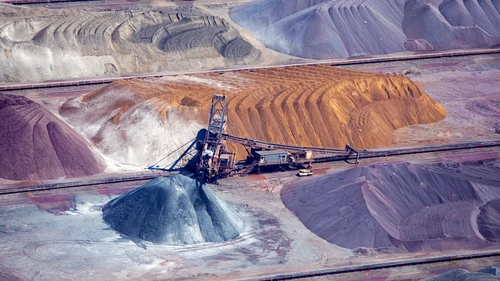What are the challenges?
The potential benefits to customers are clear: reduced capex requirement, increased flexibility, improved agility and the ability to align costs with use. This can help companies to enter new markets and expand with less financial risk. It can also help them deal with fluctuations in demand, like seasonal peaks and troughs.
For the providers of EaaS the picture is more complicated, especially if they are an established manufacturer. Although the upsides are quite clear — EaaS offers the opportunity to develop closer relationships with clients and gather more data — there are many other things to consider from impacts to cash flow to changes in insurance.
Moving from large upfront purchases to smaller regular payments can have a huge impact on short-term cash flow. It can also change the company’s payment processing needs — instead of one six-figure payment there might be hundreds of four-figure payments. Ensuring smooth operations during the transition period requires strong planning, cash management and reporting. Especially if you operate internationally, as many manufacturers do, as the ongoing nature of the purchase increases the likelihood of significant currency variations. Manufacturers must also consider the impact of inflation, which is at a decades-long high in many countries. Getting contracts right will be critical to success.
Introducing EaaS can also dramatically change a company’s cost and risk model. Previously a company might sell a piece of equipment covered with a one-year warranty. But now the manufacturer is selling holes not drills, so it is up to them to make sure that the equipment is operational throughout its lifecycle. The theory is that the manufacturer is able to maintain the equipment more efficiently and effectively than the user. Implementing predictive maintenance, using all the data that can now be gathered, can help. This should create a gap, profit, between what the customer pays and what it costs the manufacturer to deliver the maintenance. But pricing this relies on getting the pricing right.
If a company starts offering EaaS it could also be liable if the equipment is out of action, i.e., if the service is not available. Should this downtime go on to affect other parts of the business — such as an excavator failure holding up an entire construction project — the customer may expect compensation. The equipment users may also expect financial restitution if the equipment causes damage due to maintenance issues. Choosing the right insurance, agreeing policy conditions and ensuring that conditions of cover are followed could be critical.
The high level of customisation and personalisation required in modern equipment also makes it challenging to apply generic prediction models to assess the required level of equipment financing risk. Making the predictive modeling accurate is a fast developing area as banks and leasing companies gain more and more insights from increasingly connected equipment being deployed.



